In this series we are exploring the weird and wonderful world of astronomy jargon! You’ll be surrounded by today’s topic: coma!
Continue reading “Astronomy Jargon 101: Coma”Astronomy Jargon 101: Coma
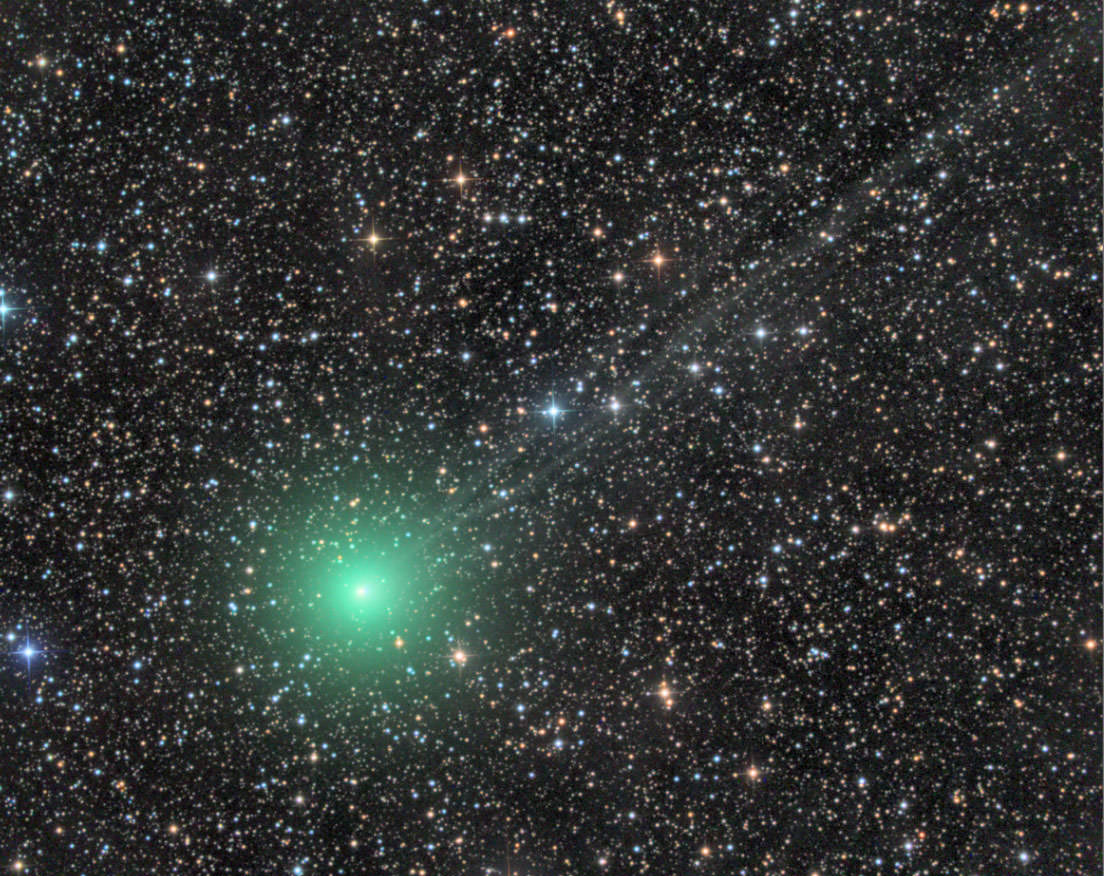

In this series we are exploring the weird and wonderful world of astronomy jargon! You’ll be surrounded by today’s topic: coma!
Continue reading “Astronomy Jargon 101: Coma”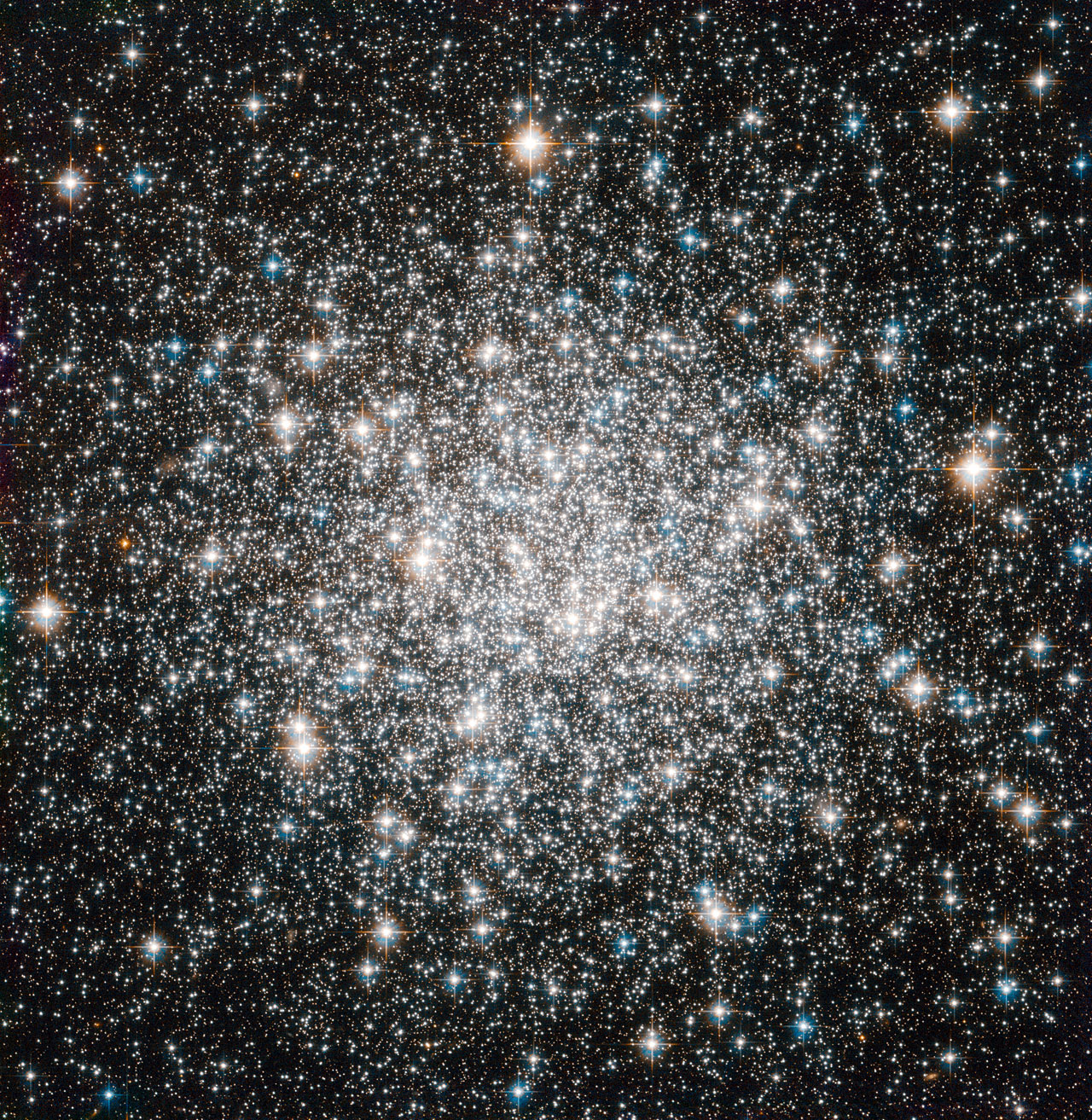
In this series we are exploring the weird and wonderful world of astronomy jargon! You’ll feel a little old and red with today’s topic: globular clusters!
Continue reading “Astronomy Jargon 101: Globular Clusters”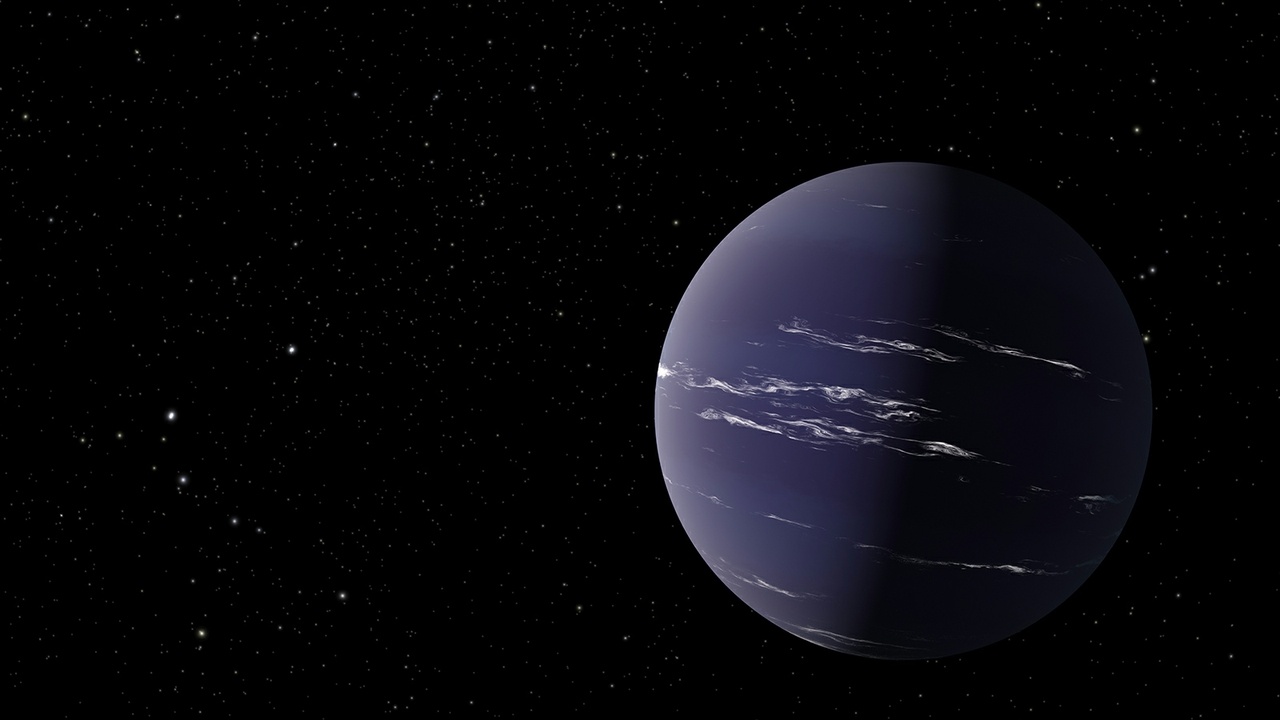
The study of extrasolar planets has revealed some interesting things in recent decades. Not only have astronomers discovered entirely new types of planets – Super Jupiters, Hot Jupiters, Super-Earths, Mini-Neptunes, etc. – it has also revealed new things about solar system architecture and planetary dynamics. For example, astronomers have seen multiple systems of planets where the orbits of the planets did not conform to our Solar System.
According to a new study led by the University of Bern, an international team of researchers recently observed a Mini-Neptune (TOI-2257 b) orbiting a red dwarf star located about 188.5 light-years from Earth. What was interesting about this find was how the small ice giant had such an eccentric orbit, which is almost twice as long as it is wide! This is almost two and a half times as eccentric as Mercury, making TOI-2257 b the most eccentric planet ever discovered!
Continue reading “Exoplanet Found With a Highly Eccentric Orbit”
In this series we are exploring the weird and wonderful world of astronomy jargon! You’ll have a lot of time to contemplate today’s topic: the interstellar medium!
Continue reading “Astronomy Jargon 101: Interstellar Medium”Located in the Okanagan Valley outside of Penticton, British Columbia, there is a massive radio observatory dedicated to observing cosmic radio phenomena. It’s called the Canadian Hydrogen Intensity Mapping Experiment (CHIME), a cylindrical parabolic radio telescope that looks like what snowboarders would call a “half-pipe.” This array is part of the Dominion Radio Astrophysical Observatory (DRAO), overseen by the National Research Council (NRC).
Originally, the observatory was meant to detect radio waves from neutral hydrogen gas in the early Universe. Today, it is used for other objectives, such as detecting and studying Fast Radio Bursts (FRBs). Since it became operational, CHIME scientists have been busy sorting through terabytes of data to pinpoint signals, often finding several in a single day. To assist with all this data-mining and coordinate CHIMEs efforts with other facilities worldwide, scientists from McGill University have developed a new system for sharing the enormous amount of data CHIME generates.
Continue reading “Fast Radio Bursts can now be Tracked in Real-Time”In this series we are exploring the weird and wonderful world of astronomy jargon! You’ll find today’s topic absolutely sizzling: the ionosphere!
Continue reading “Astronomy Jargon 101: Ionosphere”
It’s another first for astronomy.
For the first time, a team of astronomers have imaged in real-time as a red supergiant star reached the end of its life. They watched as the star convulsed in its death throes before finally exploding as a supernova.
And their observations contradict previous thinking into how red supergiants behave before they blow up.
Continue reading “Astronomers Watch a Star Die and Then Explode as a Supernova”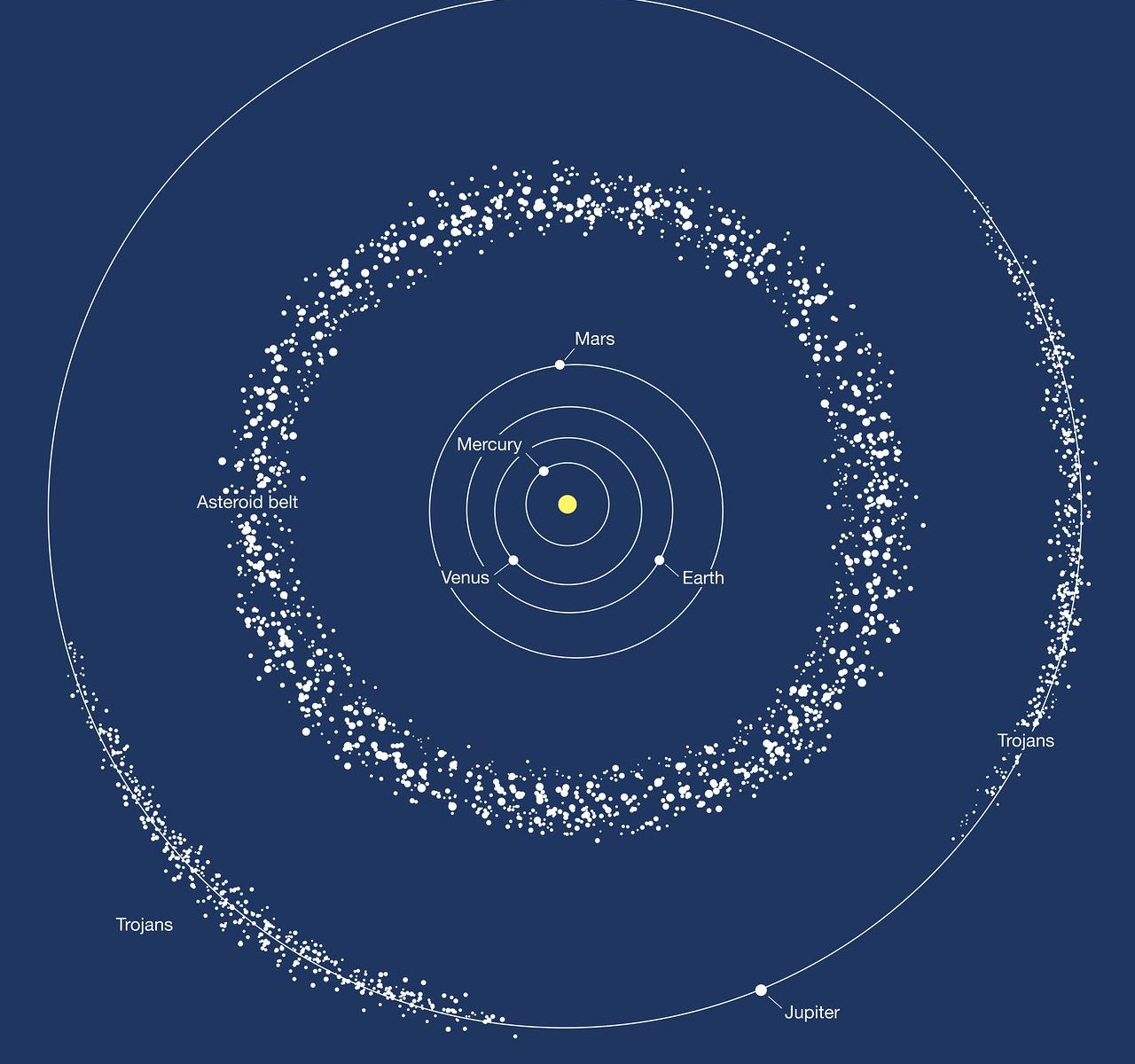
In this series we are exploring the weird and wonderful world of astronomy jargon! You’ll have to mind the space between the platform and the car in today’s topic: Kirkwood gaps!
Continue reading “Astronomy Jargon 101: Kirkwood Gaps”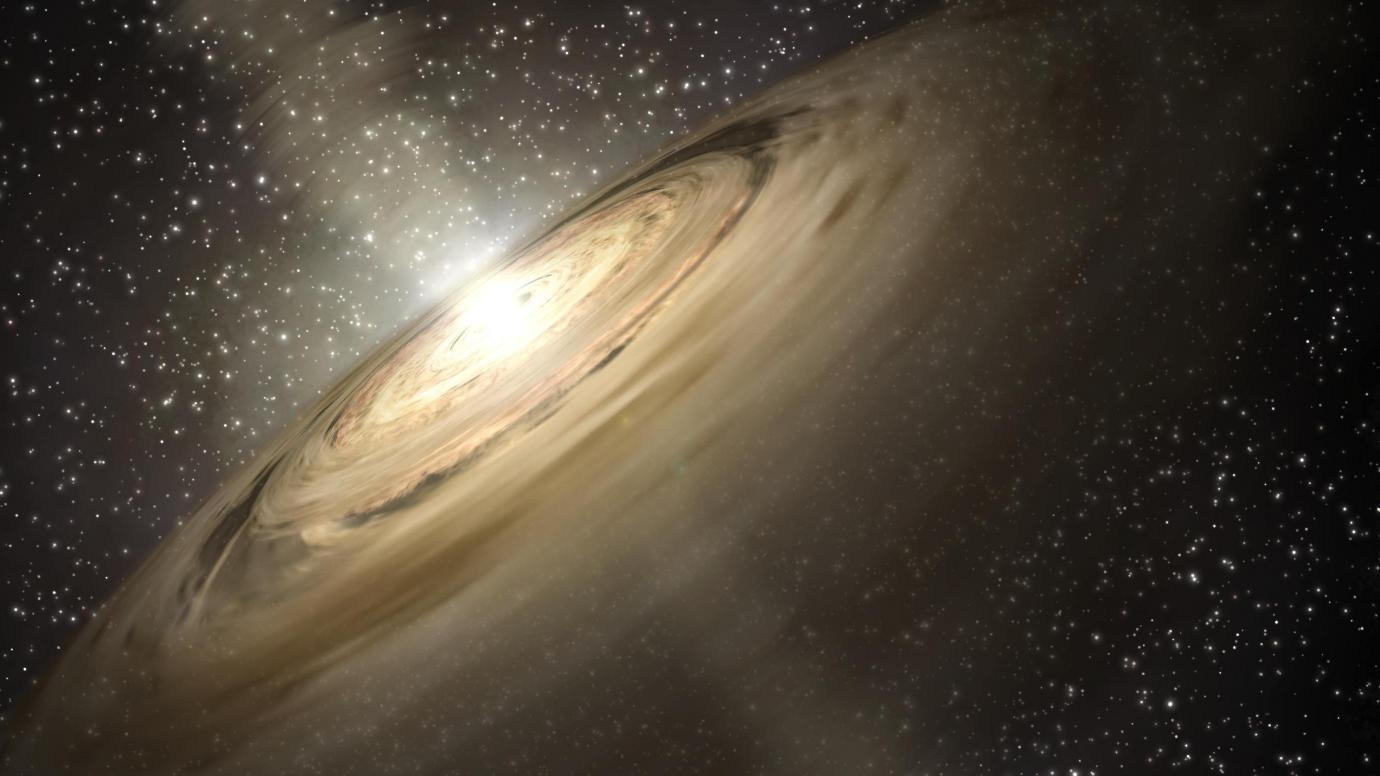
To date, a total of 4,884 extrasolar planets have been confirmed in 3,659 systems, with another 8,414 additional candidates awaiting confirmation. In the course of studying these new worlds, astronomers have noted something very interesting about the “rocky” planets. Since Earth is rocky and the only known planet where life can exist, astronomers are naturally curious about this particular type of planet. Interestingly, most of the rocky planets discovered so far have been many times the size and mass of Earth.
Of the 1,702 rocky planets confirmed to date, the majority (1,516) have been “Super-Earths,” while only 186 have been similar in size and mass to Earth. This raises the question: is Earth an outlier, or do we not have enough data yet to determine how common “Earth-like” planets are. According to new research by an international team led by Rice University, it may all have to do with protoplanetary rings of dust and gas in an early solar system.
Continue reading “Rings in the Early Solar System Kept our Planet From Becoming a Super-Earth”